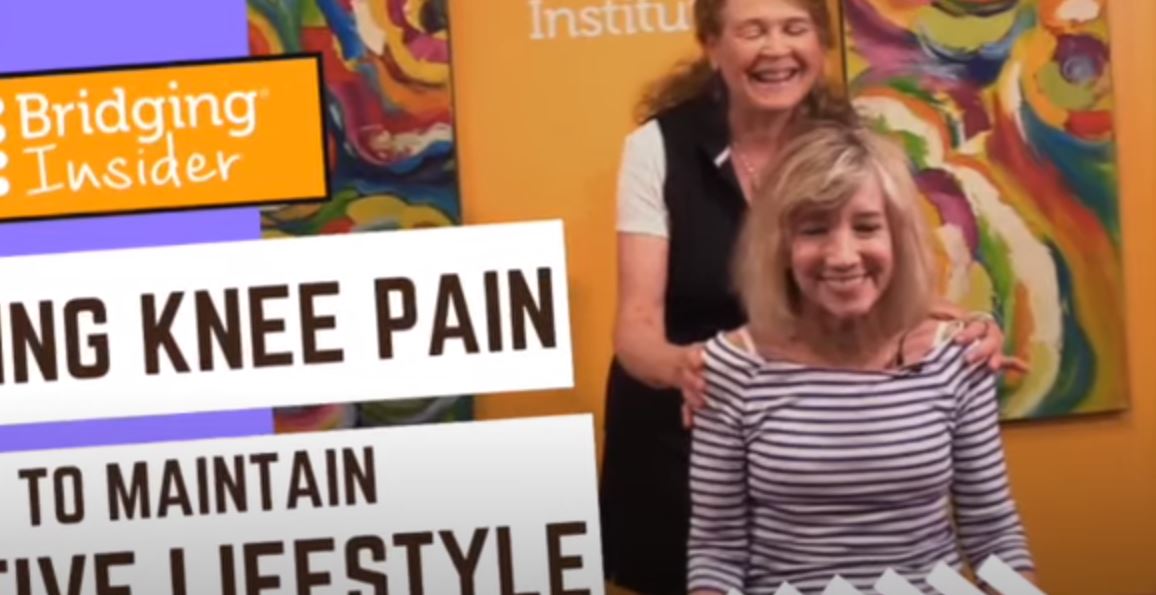How Much Activity? And, What Kind? Judy’s Choice, Dancing
The theme for this week … being active daily
How much activity should you get daily and weekly?
The gold standard of activity guidelines by American Council of Sports Medicine (ACSM) and published by the Department of Health and Human Services were updated in 2019. You can find the full report here.
Here are the basics by age group:
- Ages 0-2 should do plenty of floor play to get your child’s arms and legs moving. Tummy time with toys helps babies to develop strong neck and shoulder muscles.
- Preschool-aged children should be active for a total of 3 hours each day at a variety of intensities: light, moderate, or vigorous.
- School-aged children should get at least 60 minutes of moderate or vigorous-intensity physical activity every day of the week.
- All healthy adults aged 18–65 years should participate in moderate intensity aerobic physical activity for a minimum of 30 minutes, five days per week, or vigorous intensity aerobic activity for a minimum of 20 minutes, three days per week.
- Adults 65 years and older should build up to doing 150 minutes/week of moderate-intensity activity, 75 minutes/week of vigorous activity, or a combination of both.
Remember: Walking, biking, dancing, and water exercises are great. How about active yard work or house chores?
Fit in 5 or 10 minutes here and there. Or go for 20-30 minutes. Be active however and wherever you can. Every minute adds up!
Insight of the week from Cara
 “What exercise or activity should I (my child) be doing?”
“What exercise or activity should I (my child) be doing?”
This is one of the most common questions I’m asked!
My response for you, or your child…
- What do you like to do?
- What do you want to do?
- What are you already doing?
The most important thing is to choose the one you will actually do!
Keep it simple with activities that:
- you enjoy, whether walking, dancing, or gardening.
- need to be done, such as vacuuming, washing windows, cleaning kitchens and bathrooms, or washing a car.
- have a social component because you’ll show up when someone else is expecting you.
Your children may be more open to trying a new activity if they know it’s a short time commitment. You may even discover new interests! Try to:
- find an activity they are least resistant to, and involve them in choosing.
- explore a different class every few months, or seasonally.
Stories from our sessions … “Keep Dancing!”
Helping Judy’s knees so she can dance!
Micromovement disrupters
What’s happened to Judy and when?
- Birth/Early life: Corrective shoes at young age (implies early leg/foot movement quirk)
- Injury/Accident: dislocated knee (age 39)
- Illness: none of significance
- Medical procedures/surgeries: hip replacement surgery (2 and 3 years ago)
Recovering Judy’s Dance Moves
Goal: Stay active, increase activity, and get stronger.
Her main worry is her knees. They are painful sometimes and can inhibit how much she participates in her classes.
Over the years, Judy has put together a great set of interests and classes which help her to stay active. She enjoys the mix of cardio and agility, and the people in each.
Included in her repertoire are:
- dancing
- tai chi
- qui gong
When she experienced a knee dislocation at age 39 she found ways to avoid surgery, including acupuncture and exercise. So far it’s worked, but her knees have been more painful lately.
In this video, you will see the problem-solving process where we check for asymmetries, gaps, and blocks in her micromovement flows. Then we use the gentle Bridging® Technique’s rocking and stretching movements to reset how Judy’s muscles are working together.
At the end it was great to see her surprise with how fluently her lower body was moving!

